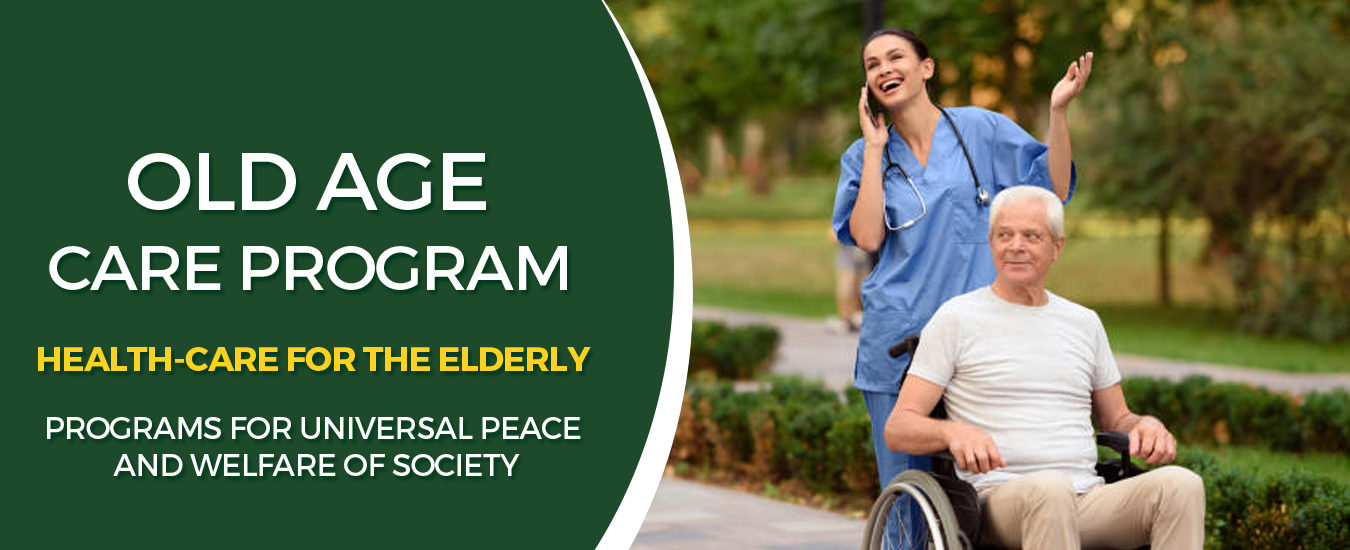


Diploma in Hardware and Networking Technology is Diploma level Information Technology course. Their technical skills include the ability to construct a computer from scratch as well as the implementation. management and maintenance of computers and network configurations to optimize performance.
Computer Fundamentals: Historical evolution of computer, characteristics of computers, capabilities and limitations of computers. Computer generations, Types of Computers: Desktops, Laptops, Palmtop, PDA, Application of Computers : Computer and their impact on society, computer in education, commercial data processing, public utilities and computes in home, Concepts: Hardware, Software, Machine Language, Assembly Language, High level Language Block diagram of computer identifying various components and their functions, Word Processing: MS Word 2007: Introduction to Word Processing, Toolbars, Ruler, Menus, Keyboard Shortcut. Previewing documents, printing documents, formatting documents, Checking the grammar and spelling, MS PowerPoint 2007: Introduction, Elements of Power Point Package, Starting and exploring Power Point menus, Creating, inserting, deleting and formatting slides, Formatting and enhancing text, Slides with graphs, Giving Animation to slides, Transfer of files between Power Point and other word processors and software packages.
Study various mother boards- non-integrated, semi-integrated, integrated, Understand the mother board component, Familiarize the different types of expansion slot (ISA, EISA, PCI, AMR,PCI-E), Study the expansion cards namely add-on-cords (audio, graphics, i/o, TV tuner, etc), Understand the power requirements for various components in a system, Study the different connectors and ports of a PC, Understand the various cables in a computer system, Familiarize the different types of memory modules, Study various secondary storage- Floppy drive/Disk, Hard disk, Flash drive, CD, Understand the internal structure of HDD, Flash drive, CD drive, Exercise of DOS commands, UNIX, LINUX commands, Understand the interfacing, installation, working of various device such as Scanner, Projector, Understand the system Maintenance and trouble shooting, Familiarize the management of operating system components, Study the various techniques for formatting/partitioning, Study the procedure for installing operating system – LINUX & Windows.
Components of PC: Identifying the Major Components of a PC : System Unit, Monitor, Keyboard, Mouse Devices, Handling PC Connections. Identifying the Internal Components of a PC: Opening a System Unit, Handling Expansion Cards, Identifying the Right CPU for any motherboard: CPU manufacturers, processor models, CPU Speeds, processor packages installing and upgrading CPUs. Heat Sink and Fan Assemble, RAM: Types of RAM technologies: SDRAM, DDR, RDRAM, SIMMS, DIMMS and RIMMS. Adding and Upgrading RAM, Motherboard and BIOS: Common Motherboard Features, Types of motherboards, Expansion Bus: Expansion Buses, Internal Buses: ISA, PCL, AGP, Installing A Plug And Play, Expansion Card, External Expansion Buses: USB Power Supplies And Cases Case Form Factors: AT, ATX Micro ATX, Power Supply: Wattage, Connectors, Sound: How Sound Works In A PC, MIDI, Purchasing The Right Sound Card: Processor Capabilities, Speaker Support, Recording Quality, Installing a Sound Card In A Windows System, Troubleshooting Sound.
Overview of MS Windows Server 2007, Installation and Administration of Microsoft Windows Server 2007, Domain Controllers and Members Servers, Understanding and Using Server Roles, Frequently Used Tools, Using Graphical Administrative Tools, Using Command Line Utilities, Understanding User and Group Accounts, The Windows Server 2007 Security Model, Differences Between User And Group Accounts, Default User Accounts and Groups, Account Capabilities, Using Default Group Accounts. Creating User and Group Accounts, User Accounts Setup and Organization, Configuring Account Policies, Configuring User Rights Policies, Using Group Policies Adding a User Account, Adding a Group Account, Handling Global Group Membership, Monitoring Processes, Services and Events, Managing Applications, Processes and Performance, Configuring Network Protocols, TCP/IP Architecture, DHCP (Manage and Monitor) and DNS, Introduction to Network Security, Implementing Security Policies, Working With Support Services and Remote Desktop, Introducing Support Services.
Introduction to Network administration and role of network administrator, User & Group Managements, NTFS & share permissions, Using device manager, Drivers signing& signature verification. Managing Ports, Installing & Managing & configuring printers. Disk Management Tools & Tasks, File Systems, User Management. Installing Active Directory, Domain user account, configuring user account properties, Domain groups, Viewing a user’s effective permission. Creating and managing shares. Implementing files and folder NTFS & share permission, Special permission, Installing and Configuring Terminal Services. Managing servers remotely using terminal services (Remote desktop). Backup restoring data, Configuring & Implementing routing services, Installing and configuring DHCP, Planning implementing an OU (Organizational Units) structure. Implementing server roles, restoring active directory, Configuring & implementing ICS, Active directory services, implementing active directory services forest, Installing DNS, Implementing DNS in windows 2003 networks.
Introduction to Digital Electronics, Basic difference between analog and digital Signal, Application and advantages of digital signal processing, Binary, Octal and Hexadecimal number system; conversion From decimal octal and hexadecimal to binary and vice-versa, Binary addition, subtraction, multiplication and division including binary numbers, l’s and 2’s complements method subtraction, Definition, symbols and truth tables of NOT. AND, OR, NAND, NOR, EXOR Gates, 2 Concept of negative and positive logic, Use of NAND and NOR Gate as universal gate, Concept of Bipolar Logic, Diode Logic, Transistor Intverter.TTL logic, Basic decimal to BCD encoder circuits, Basic Multiplexer and De multiplexer, Brief idea of Flip-Flops and their operations. RS, T. D. JK. Master/Slave JK Flip Flop mention commonly used ICs Flip flops, Counters and counters classification.
© . All Rights Reserved. Designed by Om talwar